ANTD.VN - Bank profit growth tends to slow down as net interest margins narrow due to interest rate competition, while liquidity risks at small banks increase due to dependence on short-term capital.
Bad debt stable, profit growth slows down
According to VIS Rating, banks' asset risks remain stable in the first nine months of 2024, with limited impact from Typhoon Yagi .
Most banks suffered little storm-related losses due to limited lending in the affected northern provinces. Total credit outstanding to storm-affected customers accounted for about 1% of the total outstanding loans of the entire sector, mainly belonging to state-owned banks operating in the affected provinces.
Support measures from the State Bank of Vietnam (SBV) such as debt restructuring and providing low-interest loans to affected borrowers will help ease the debt repayment burden for customers.
The industry-wide problem loan ratio remained broadly stable compared to the previous quarter at 2.4%. Major banks, including state-owned banks, recorded a slowdown in the rate of new overdue loans arising, thanks to the improvement of a large bad debt ( VietinBank ) as well as tightening credit standards, especially for new consumer loans (VPBank).
On the other hand, overdue loans continue to increase at banks focusing on individual customers and small and medium enterprises. “We assess that about 30% of banks have weak asset risk profiles, up from 22% in 2023. For the whole of 2024, we expect the industry-wide NPL ratio to stabilize at 2.3-2.4% as banks complete debt write-offs in Q4,” VIS Rating experts assessed.
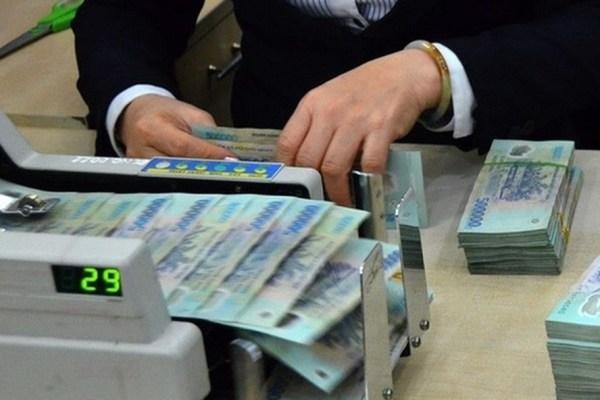 |
| Bank profit growth slows down |
In terms of industry-wide profit growth, the industry’s return on average assets (ROAA) slightly decreased to 1.5% in the first nine months of the year, compared to 1.6% in the first six months of 2024. In particular, small banks were most affected by narrowing net interest margins (NIM) and higher credit costs (high deposit mobilization costs in the context of fierce competition).
While the profit trends of major banks are divergent, some banks (Techcombank, MB, ACB) are affected by reduced income from insurance services, foreign exchange and securities investment, while some other banks benefit from previous risk reduction efforts, which have sharply reduced credit costs and increased debt collection profits.
“We expect most of the 25 banks in our analysis to achieve their full-year profit targets, especially state-owned banks and large banks with strong corporate loan growth. With credit growth continuing to improve, we expect the industry-wide ROAA to improve to 1.6% for the full year of 2024 from 1.5% last year,” VIS Rating experts expect.
Weak risk buffers, rising liquidity risks
As of the end of the first nine months of the year, the ratio of tangible equity to total tangible assets of the whole industry remained unchanged quarter-on-quarter at 8.8% due to slowing profit growth.
Nearly 20% of banks in the credit rating agency's assessment have weak capital adequacy profiles, including small banks with thin profits and some state-owned banks that are limited in raising new capital.
The industry-wide NPL coverage ratio (LLCR) increased slightly by 1% q-o-q to 83% by the end of September 2024, led by VietinBank due to increased provisioning and reduced problem debt.
MB's bad debt coverage ratio fell to a five-year low of 69%, as loans from large real estate businesses turned bad.
Meanwhile, most small and medium-sized banks continue to have bad debt coverage ratios below the industry average.
Some banks (VietinBank, Vietcombank) are waiting for approval from the regulator to complete the payment of dividends in shares, which will help banks retain capital.
Meanwhile, liquidity risks are rising as banks increasingly rely on short-term market funding and interbank interest rates rise sharply. The industry-wide CASA ratio remained stable at 19% of total outstanding customer loans in the first 9 months of 2024.
The industry-wide loan-to-deposit ratio (LDR) remains high at 106%. Small and medium-sized banks (BVBank, ABBank, LPBank, Nam A Bank, MSB) have increased funding costs to maintain deposits and increase short-term interbank borrowing.
“Since mid-October 2024, overnight interbank interest rates have increased by 3.5%, to an average of 6% following exchange rate pressures and tighter market liquidity. If interbank interest rates continue to remain high in the coming time, they will increase liquidity risks for small and medium-sized banks,” experts said.
Source: https://www.anninhthudo.vn/vis-rating-rui-ro-thanh-khoan-cac-ngan-hang-gia-tang-do-phu-thuoc-von-ngan-han-post596167.antd
















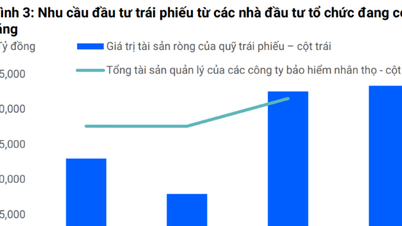


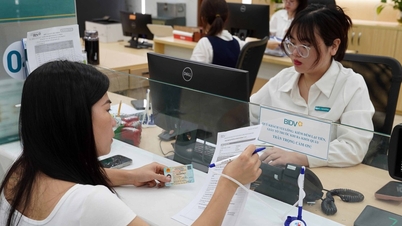








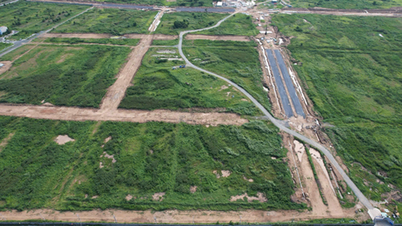





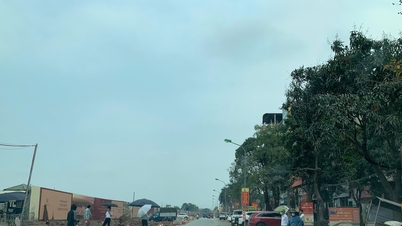
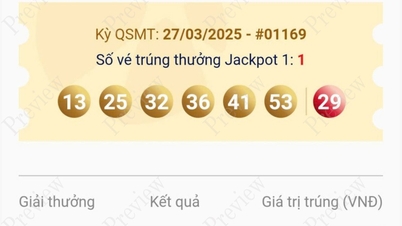

































































Comment (0)